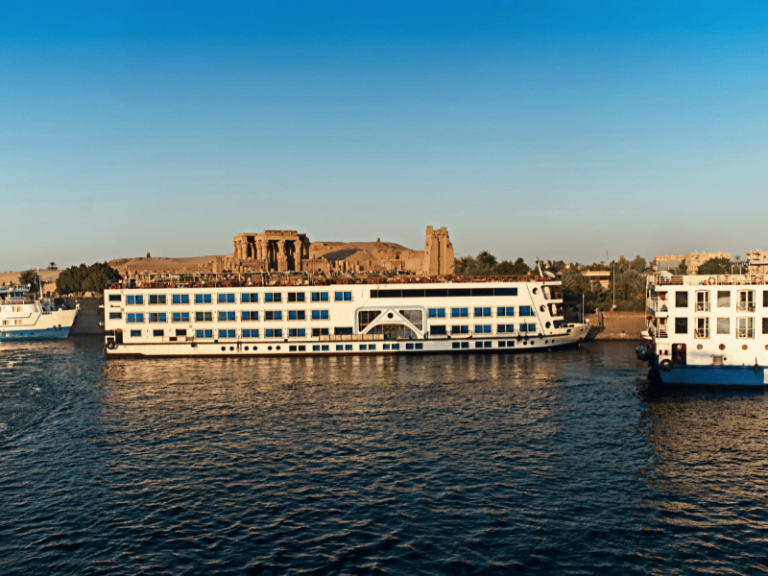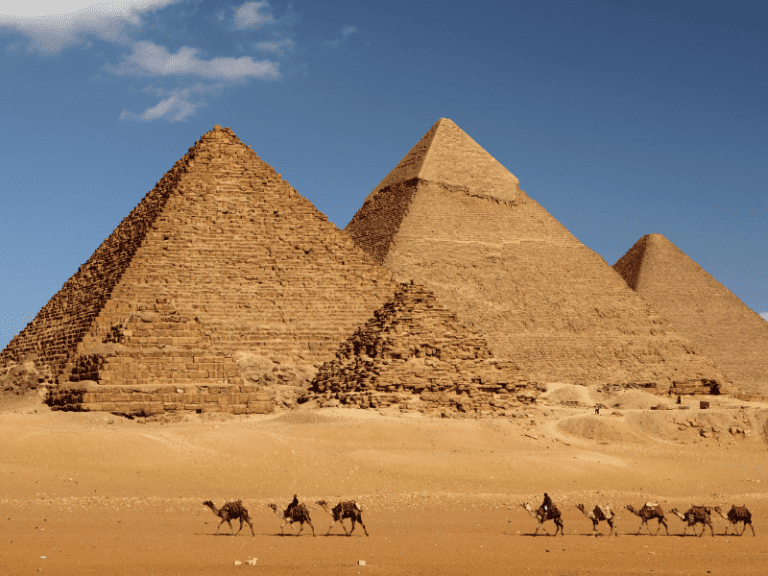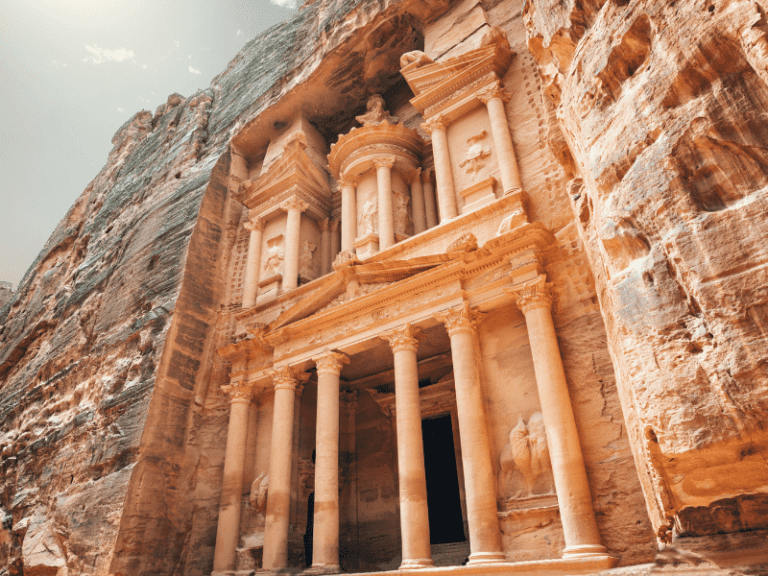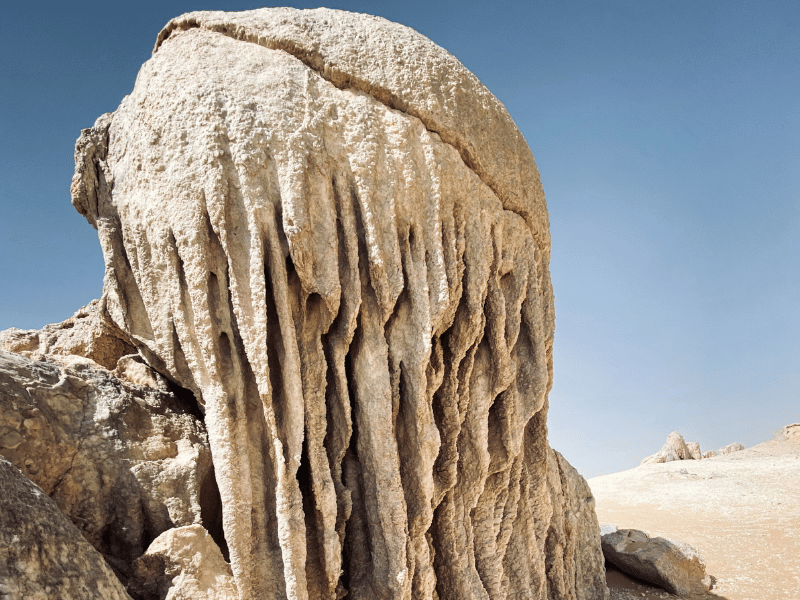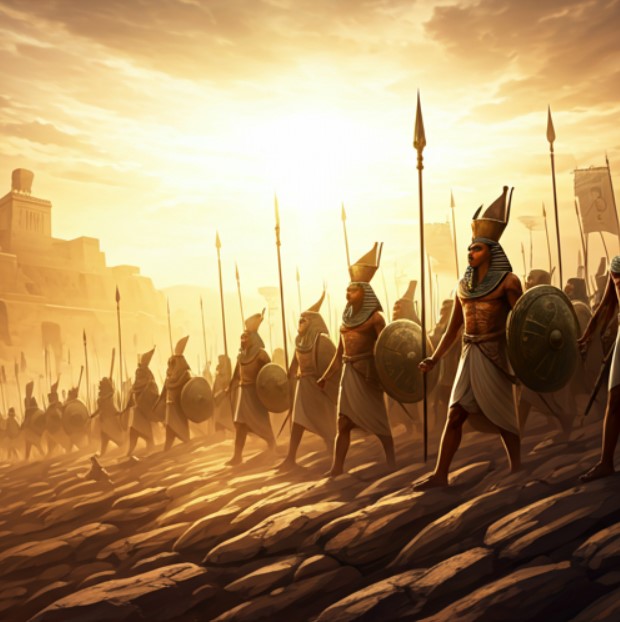Egypt is a land of ancient wonders, with its pyramids, temples, and tombs drawing millions of visitors each year. Yet beyond the iconic landmarks lies a lesser-known aspect of Egypt’s history: the lost cities. These forgotten urban centers, hidden beneath the desert sands for centuries, offer a fascinating glimpse into the daily lives of ancient Egyptians. From bustling trade markets in Cairo to forgotten capitals, exploring the lost cities of Egypt allows modern-day travelers to uncover the mysteries of ancient civilization and gain a deeper understanding of the country’s rich cultural heritage.
The Discovery of Lost Cities
Egypt’s lost cities have remained hidden for centuries, buried by the sands of time and often left undisturbed until modern archaeological efforts uncovered them. These discoveries have provided unparalleled insights into Egypt’s past, revealing forgotten stories of everyday life, commerce, and power.
- The Role of Archaeologists: The uncovering of lost cities is largely due to the work of archaeologists who employ various techniques such as excavation, satellite imagery, and ground-penetrating radar. These tools have helped locate ancient ruins buried beneath the earth’s surface.
- Rediscovering the Past: Cities that were once abandoned for reasons such as war, environmental change, or shifting trade routes often lay forgotten until the modern era. The rediscovery of these cities is a monumental step in understanding Egypt’s historical landscape.
The Lost City of Tanis
Tanis, one of the most significant lost cities of ancient Egypt, was once the capital of the country during the Third Intermediate Period. It is located in the Nile Delta, and its discovery has provided archaeologists with an abundance of artifacts and insights into the Egyptian civilization during a relatively obscure period.
- An Important Capital: Tanis served as the capital for several pharaohs of the 21st and 22nd dynasties. The city was home to impressive temples, palaces, and royal tombs. It was once an important hub of trade and politics.
- Artifacts and Discoveries: Excavations at Tanis have uncovered remarkable treasures, including the tomb of the Pharaoh Psusennes I. The site is also known for its collection of Egyptian statues, mummies, and exquisite jewelry, which have shed light on the opulence of Tanis during its prime.
The Lost City of Heracleion
For centuries, the ancient city of Heracleion was thought to be a myth, a place mentioned only in Greek texts. However, in 2000, the city was rediscovered submerged off the coast of Alexandria, lying beneath the waters of the Mediterranean. Heracleion, known as Thonis in ancient Egyptian, was a bustling port and religious center that thrived during Egypt’s Ptolemaic period.
- Submerged Secrets: Archaeologists have uncovered a wealth of artifacts from Heracleion, including statues, temple ruins, coins, and inscriptions, all providing a glimpse into the city’s role in trade and religion. It was an important hub for commerce and a gateway to Egypt for foreign traders.
- The Rise and Fall of Heracleion: Heracleion flourished for centuries before being submerged by rising sea levels and earthquakes, which caused the city to sink. Today, it remains one of the most intriguing underwater archaeological sites in the world.
The Lost City of Amarna
Amarna, once the capital city of the Pharaoh Akhenaten, is one of the most significant archaeological sites in Egypt. Located along the Nile River, Amarna was built to honor the sun god Aten, in a radical departure from the traditional polytheistic practices of Egypt. The city was abandoned after Akhenaten’s death, and it remained forgotten until its rediscovery in the 19th century.
- A City Built for the Sun God: Akhenaten’s decision to build Amarna as a center for Aten worship was revolutionary, as it marked a departure from the worship of the traditional gods of Egypt. The city was constructed with wide streets, open spaces, and grand temples dedicated to the sun god.
- Archaeological Finds: Excavations at Amarna have uncovered a wealth of artifacts, including royal inscriptions, statues, and even the famous Amarna Letters—clay tablets that provide a glimpse into Egypt’s foreign relations during Akhenaten’s reign.
The Lost City of Djaru Khari
Djaru Khari, located in the Theban Necropolis near Luxor, was a prosperous city that served as an administrative and commercial center during the New Kingdom period. It was the home of high-ranking officials, scribes, and artisans who worked on royal projects. The site was rediscovered in 2017, and it has provided new insights into daily life during the reign of Pharaoh Amenhotep II.
- Residential and Industrial Areas: The city was a thriving hub of activity, with residential areas for officials and workers, as well as industrial zones where goods were produced for the royal court. It is also believed to have been a place where the royal family stored their treasures.
- Excavations and Findings: Excavations at Djaru Khari have revealed well-preserved homes, workshops, and pottery, offering a rare glimpse into the lives of ordinary Egyptians during the New Kingdom.
The Lost City of Thebes
Thebes, one of Egypt’s most famous and ancient cities, was once the capital of Egypt during the New Kingdom. While the city itself is not completely lost, many of its lesser-known areas and hidden temples remain unexplored. Thebes was a center of political power, religion, and art, and its ruins continue to captivate archaeologists and tourists alike.
- The Role of Thebes: Thebes served as the seat of power for pharaohs such as Ramses II and Tutankhamun. It was home to grand temples like Karnak and Luxor, as well as royal tombs in the Valley of the Kings.
- Ongoing Excavations: While much of Thebes is well known, ongoing excavations continue to uncover new parts of the city and provide more information about its cultural and religious significance.
Modern-Day Exploration of Lost Cities
For those with a passion for history and archaeology, Egypt offers some of the most remarkable opportunities to explore lost cities. Many of these ancient sites are open to tourists, with guided tours and archaeological exhibitions bringing the past to life.
- Visiting Tanis and Amarna: Sites like Tanis and Amarna offer travelers the chance to step back in time and explore ancient ruins, including temples, palaces, and tombs. These cities provide a tangible connection to the past and allow visitors to experience the grandeur of Egypt’s ancient civilization.
- Diving into Heracleion: Heracleion is an underwater treasure trove for scuba divers, with its submerged ruins offering a unique opportunity to explore Egypt’s past from beneath the waves.
- Luxor and Thebes: The modern city of Luxor is located near the ancient city of Thebes, offering travelers the chance to visit the Valley of the Kings, the Temple of Karnak, and other sites that bring the ancient world to life.
Conclusion
The lost cities of Egypt are some of the most captivating remnants of one of the world’s oldest and most powerful civilizations. From Tanis to Heracleion, Amarna to Djaru Khari, these forgotten urban centers offer rich archaeological treasures and insights into the lives of the ancient Egyptians. As modern archaeology continues to uncover new sites and artifacts, Egypt’s lost cities remain a fascinating frontier for exploration, offering a unique opportunity to connect with the ancient world.






